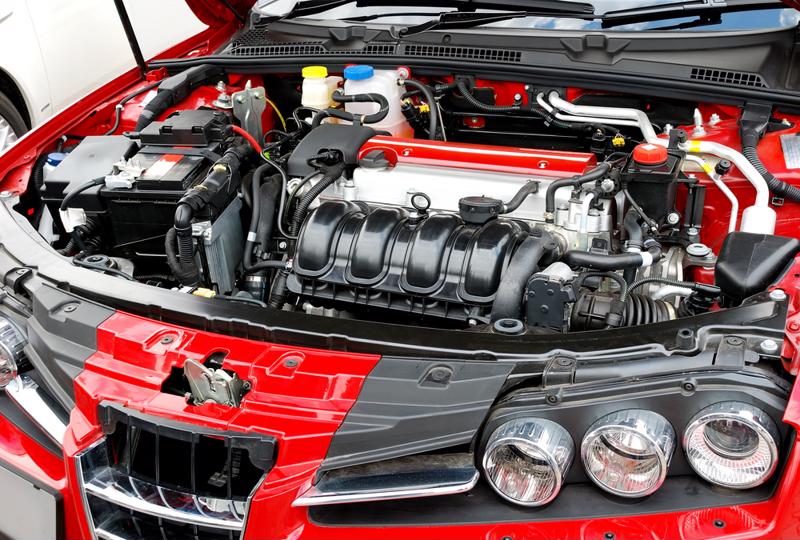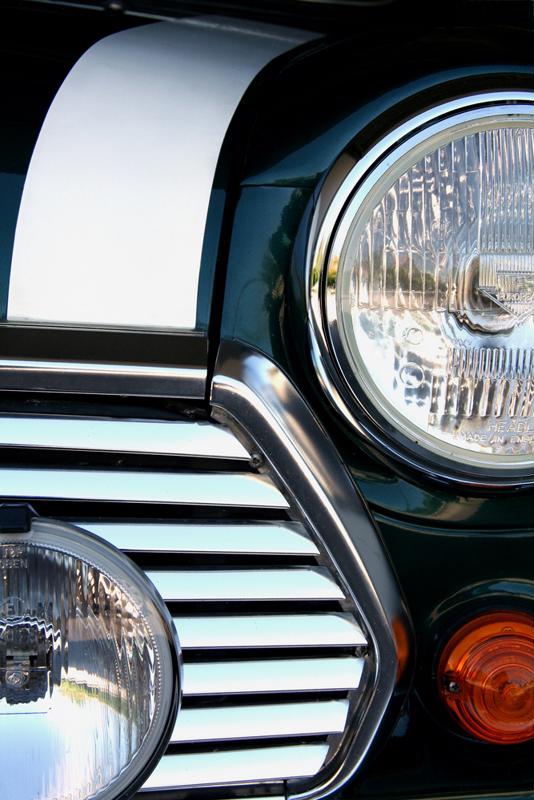

Did you know that the month of October is National Car Care Month? There is no better way to celebrate than treat your ride to maintenance before the harsh winter season arrives.
Whether you take your vehicle into a dealership or local body car mechanic who you trust, there are plenty of areas to examine in your car. Here are four things you should look at in your vehicle ahead of the winter:
1. Engine
Arguably the most important part of your vehicle is the engine. That said, the cold winter season can be extremely problematic when it comes to your engine. Engines are made from metal which can rust quickly if not taken care of the right way. Although rust on other parts of an old car may not be much cause for concern, rust on an engine should raise red flags immediately.
Aside from giving your engine a visual inspection, a good mechanic will also make sure your engine has the fluids it needs to run smoothly. Engine oil should be changed before winter regardless of when it was last checked, according to the Department of Motor Vehicles. The cold winter weather means you should switch over to a thinner engine oil so that the gears don't clog. If the oil is to thick, it can even freeze in low temperatures! You should be able to ask your technician for an appropriate brand for the winter months.

Additionally, whomever is working on your vehicle should take the time to check the engine coolant fluid levels. While most people are aware that engine coolant prevents the motor from overheating, many do not realize that it also helps protect it from decay.
Automotive professionals know how much water to mix with the coolant for the best results. In fact, there are different mixes appropriate for each season, according to the DMV - that's why it is important to seek professional help when it comes to maintenance. Although it may be cheaper in the short term to do yourself, taking your car in for routine maintenance can save you a lot of money down the line.
All of the engine filters in your vehicle should be replaced as well, according to the National Institute for Automotive Service Excellence. Because you want your engine to be running at optimum levels over the colder months, it's essential to make every necessary repair, even if they appear minor. Damages incurred over the winter are often magnified because of the harsh conditions. That said, it's imperative that you take care of every minor repair - even if you don't plan on taking your vehicle out more than a few times.
2. Interior and exterior
The functionality of your vehicle is definitely the most important part of it, but drivers should not forget about attending to the maintenance required on the inside and outside of the car as well. Since some of the issues that come up will be difficult to locate, you can do your part to help your auto mechanic locate them.
Begin by examining the windshield wipers - there's not a lot of things worse than getting caught in a blizzard with wipers that don't work. Adding a little antifreeze to the standard window washing fluid can help your wipers cut through ice and snow a little more effectively, according to the American Automobile Association. Next, check to make sure all the lights, flashers and signals are working without a problem. Since visibility might be compromised, it is a good idea to make sure every source of light on the outside is working so that other drivers can see you.

When it comes to regular exterior maintenance, new tires are some of the most costly parts. But if you have driven through the snow before, you know how much good winter tires are worth for your daily commute. Tires designed specifically for the winter season will provide extra grip for your wheels on wet, slippery roads. Remember: If there is no more threading on your tires, it is time for new ones!
3. Battery
Before the snow begins to fall, make sure you get your battery tested by a trained auto technician. If you thought a dead battery was bad in the warmer months, just imagine what it would be like trying to jump your car in a snowstorm! Plus, a fully charged car battery makes it much easier to start your engine in cold weather (especially below-freezing temperatures).
In the same thought process, make it a point to double-check for a set of jumper cables. In the unfortunate event that your car won't start, having a set of cables to jump it may be necessary, as cold and unpleasant as it may be. A
4. Survival kit
"You never know when your car is going to break down."
You never know when your car is going to break down, but it always seems to happen at the most inopportune moments As far as the weather is concerned, an inconvenient time for your car to break down would be virtually anytime over the winter. Even if it's not snowing, you need to be prepared for the cold temperatures in case you have to wait inside a vehicle without power for help to arrive. Here are ideas for tools to include in your own survival kit:
Items like these will be crucial should you break down on one of the all-too-common stretches of road where you're surrounded by nothing but trees for miles on end. If you follow all of these tips, you should be able to make it through the winter without any major issues.